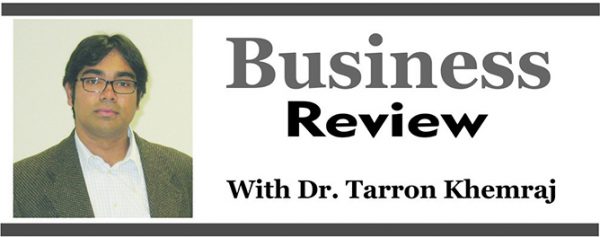 Many Guyanese are now aware of some version of the natural resource curse (NRC). One taxi driver explained the idea to me last week and he also gave the Dutch disease a good shot. Economists have been pondering these ideas for at least three decades. They, however, tend not outline the transmission mechanisms of the NRC. By transmission mechanism, I mean what is taking place on the ground floor as the abundance of the resource engenders private and government corruption, rent seeking, de-industrialisation, misdirection of resources, overconsumption, civil conflict (in several cases) and, ultimately, poor long-term economic outcomes compared with countries with limited or no natural resources.
Many Guyanese are now aware of some version of the natural resource curse (NRC). One taxi driver explained the idea to me last week and he also gave the Dutch disease a good shot. Economists have been pondering these ideas for at least three decades. They, however, tend not outline the transmission mechanisms of the NRC. By transmission mechanism, I mean what is taking place on the ground floor as the abundance of the resource engenders private and government corruption, rent seeking, de-industrialisation, misdirection of resources, overconsumption, civil conflict (in several cases) and, ultimately, poor long-term economic outcomes compared with countries with limited or no natural resources.
As I mentioned in previous columns and presentations, the NRC was evident for a long time through the gold sector which earned export revenues amounting to US$818 million and US$767 million 2017 and 2018, respectively. These amounts are what we know from the official statistics. The unofficial or smuggling channel would likely push the overall gold export number beyond US$ 1 billion per year. As most estimates have suggested, oil revenues in the first few years will likely be between US$280 million and US$420 million – but these go directly to government. Going forward, economic distribution will be shaped not by market forces, but by the control of government – hence the no-confidence motion, the response with de facto power by the PNCR to neutralise the PPP’s de jure power, and the bending and twisting of the constitution, known for its myriad loopholes and ambiguities. Of course, only those with the de facto power can do the bending and twisting. The PPP also loves the loophole-packed constitution but fails to appreciate that it can only enjoy its fruits of enriching a few when de jure power is accommodated.
